Greetings, book and treat people! Summer is coming—maybe it’s here—which means I will be hiding in my cave and only getting through thanks to my lake, my river, and flowers. One of the ways I cope with how hard summer is for me is by being loud about how much I hate it. I am not exaggerating or being cute: it is a really hard season for me to get through. Maybe you know how I feel because you feel this way about winter. If you also feel the dread of approaching summer in your body, you are not alone. May we persist through the season from hell with ice cream, cold bodies of water, and air conditioning.
As for May: it kept on breaking my heart over and over again. And: it was rainy and green. I finished my first year back at college. I planted my community garden plot with flowers. Kaveh Akbar gave a talk on poetry and spirituality that made me weep. Driving around the Valley, I saw a beaver, a bald eagle, many deer, a family of goslings, and a fox. I spent some time volunteering in Emily Dickinson’s garden. I perfected the 20-minute voice note, and became a monthly donor for the Remain Rooted Direct Aid to Gaza project. Maybe you would like to donate, too. Nicole Manganelli, the artist behind Radical Emprints, has been working with this mutual aid project for a while and she has some beautiful new prints she’s offering in exchange for donations. Something else you can do that would mean a lot to me: become a Patreon supporter of Great Falls Books Through Bars. Or come to our next volunteer day.
Some exciting news: I had three poems published this spring! “Spring Body” and “21 Years After the U.S. Invasion of Iraq, I Confront Mary Oliver’s Ghost in the Middle of a Genocide” are in West Branch’s current digital issue (I highly recommend the other poems here as well, they are gorgeous). “The Opposite of Linear Time is Linear Time” in The Talon Review. It is wild (but good!) to have these poems out in the world.
Finally, an announcement: I’m working on (finally!) getting off Substack. I’ve landed on the newsletter platform beehiiv. I’m excited about it! I’ve been working on setting up the new website! I made a little logo for this newsletter’s new name!
The content won’t change, but Poetry School is a much more accurate reflection of what this newsletter has become. If you’re currently subscribed, paid or free, you don’t have to do anything. Your subscriptions will automatically transfer over. I’ll send out an announcement with a heads up when the switch happens, but you can expect the next newsletter you get from me to be on the new platform!
Okay, and now for May in Review. Once again, I am borrowing the structure of today’s newsletter from my friend
. I love her monthly reflections and I love that this format gives me a chance to tell you about a bunch of things but also keeps me from writing 10,000 words. (Not that there’s anything wrong with writing 10,000 words!) If you haven’t already, check our her May reflections!Favorite Read
Consider the Rooster by Oliver Baez Bendorf (2024)
As I read this collection, I kept writing “incredible!”, in increasingly large capital letters in the margins. I sometimes found I could not turn the page for several minutes after finishing a poem because I was too stunned, too pierced, too opened. Line after line, these poems weave impossible beauty and endless grief, around and around and around.
This is a collection about trees and forests, about Michigan and Olympia, Washington and Iowa and Nebraska. It is about grief and blood lineages of violence and gathering. It is about moss, and death, and death, and stars—literal stars, nebulas and how light travels to us—and death, by which I mean it is about change, by which I mean it is about transness, by which I mean it is about love, by which I mean it is about dying, about loss, about rot, about agony, about seeking, about going around and around, as everything does, endlessly. Ongoingness and interconnection, always and forever—the hawk is death, the death is beautiful, trees become deer, we are made of stardust.
Woven through all of this are poems about Bendorf’s chickens, particularly a rooster named Walter. The physicality, mundanity, and creatureliness of these poems grounds the collection in the reality of the cycles Bendorf explores: they aren’t theoretical. It is also grounded so specifically in trees and moss. These poems have environments. They have timelines, shadows, mass. I felt them changing me the way wind changes water.
I’m not interested in sorting poetry into categories, but recently I’ve been wondering if American poetry, specifically, might either contend with the forest or the field or both—or neither. And, perhaps, if it contends with neither, it is not contending with the material, spatial, temporal, linguistic, and emotional realities of the place and histories in and of which it is created. This book contends with the field and the forest. The field poems, especially—I am stunned. Bendorf complicates the field, writes into its whiteness, its violence, its wonder, its wildness, its conquest, its shape, its possibilities. The poems “What Is a Field” and “Fields That I Have Known and Loved:” are particularly incredible, but they are also complicated by what is around them—the field of the book expands beyond the field of the book.
Some beloved lines:
“All that I’ve named / has a life outside of me.”
“I hope to return to earth a little bit more every day until I’m finally you again.”
“Remember / the little hills, which bloom and skull // will someday both become.”
“The way all feelings come and go, like rain, / which changes the very color of living things.”
“As what shape // will these years return?”
“Must I trade my tongue for shelter?”
“To love yourself as though most of the elements in your body / Have passed through several supernovas, which they have.”
Bonus: You know I don’t beleive in favorites, right? Two other books I love, love, love, loved in May: The Hollow Half by Sarah Aziza and Occupying Massachusetts by Sandra Matthews.
One Bright Glimmer
A few weeks ago my friend Kristin and I went to see an amazing local exhibition, River Valley Radical Futures. The premise intrigued me when I saw it in a queer events roundup, but I was not prepared for how much it would move me. This collaborative show is the culmination of two years of talking, visioning, and art-making. Here’s how the curators/dreamers/designers describe it:
In 2025 the world is dominated by capitalism. At the same time, there is an abundance of projects and organizations that embody alternative ways of producing and sharing what we need. Over the past two years, we worked with members of ~17 such organizations in the Connecticut River Valley to co-create a vision of a local future 100 years beyond the fall of capitalism. Our work together was not to make a blueprint for the future, but rather to challenge our assumptions and dream together about the world we want.
The works in this gallery have been excavated from this future vision—made by local artists today to imagine what we might find there. We made this uncertain future concrete not as a way to fix it in place but instead as a tool to continue the conversation.
The show was full of love, whimsy, care, interconnectedness, and imagination. It was a joy to move through the space together, dreaming and talking possibility. Many of the pieces focused on our relationship to the Connecticut River. All of them reimagined how we relate to each other and the world around us, bringing a world of care and kinship into colorful focus.
I found the text accompanying the art as powerful as the art itself, so I’ll share a few favorites here. Here’s the artist talking about the above piece: “This piece is from the Valley's mural art collection. Art is everywhere—walls are painted by children and adults alike. Every few years, once all the walls are filled, there is a huge art party in celebration. Together, people embrace change and paint over everything, creating a fresh canvas as a collective—a renewal festival of sorts. Anyone who wants to make art gets to. Community art studios share space with spas, libraries, and communal living rooms—social sanctuaries of public luxury, where people explore new ideas and connect spiritually.”
“These cardboard and paper mache wearable sculptures are performance objects, used for joyful rituals and celebratory acts in valley towns. With advances in embodied knowledge, people use shapeshifting and body extensions to experience their surroundings differently, break down physical limitations and achieve self-fulfillment. The wearables have the dynamic ability to play with the boundary between human and nonhuman, blurring the distinction in a small disruption of reality. The queer and trans creator of these sculptures made them to celebrate the liberatory ability to transform, and the exciting potential of what forms we might take.”
I can attest that it was a joy to try on these pieces!
My favorite art in the show, however, was a collection of amazing artifacts about cows and our relationship to them.
“This bovine grooming tool reflects a shift in human-animal relationships. Cows are rare and treasured. They are carefully tended and encouraged to develop a reciprocal relationship with the broader ecological community. A group of brushmakers meet seasonally to gather strong and ecologically disruptive bittersweet vines along with home grown and wild herbs, and to thread the fibers into a wooden base. This brush is used to prevent itching and apply herbal remedies to cow community members. Materials: Bittersweet Vine, Broom Corn, Indigo Vat Dyed Broom Corn, Thyme, Sweetgrass, Pine, Tusi Rama, Basswood Fiber, Poplar all grown in the Connecticut River Valley Watershed.”
Friends, I teared up. The exhibition will be moving around the Valley for the next year. Starting June 20th, it will be at Artspace Greenfield and I highly recommend checking it out if you’re local.
Book(s) I’m Looking Forward To
Okay, look, I’m cheating. You know it was bound to happen, right? I am going to tell you about two books I’m excited about, both of which I’ve preordered from my beloved Everyone’s Books.
Annah, Infinite by Khairani Barokka
I didn’t know anything about this book until a few days ago, when my friend Charlott shared a post from Tilted Axis about its release. I made a note of it, since Charlott and I have very similar taste. And then my friend Grey commented on the same post, saying, “Laura, you are going to be so into this!” And that’s when I hit the preorder button because, hi, hello, have you met me, I don’t think it’s possible for a book to be more catered to my current interests. Blending criticism, poetry, visual art, and fiction, Khairani Barokka upends the narratives surrounding Paul Gauguin’s famous painting Annah la Javanaise (1893-94). “It is an examination of colonial ableism and a searching exploration of the enduring histories of resistance led by disabled people. It asks us all to acknowledge the possibility of pain in every single portrait, as well as the possibility of escape.” I MUST HAVE IT.
Unfurl by Eli Clare
Exile and Pride is a book of my life, a book that forever reshaped how I think about home, belonging, the body, disability, and queerness. It is a book that showed me myself and took me beyond myself. It is at the heart of my own personal canon of queer rural literature. Clare’s second book, Brilliant Imperfection (which I also love) came out in 2017, and I had no idea he had a new one coming until I happened upon it while browsing the Duke University Press fall catalog (as you do). I gasped! I yelled! I immediately took my gasping and yelling to the internet! I immediately preordered! Can I tempt you with this sentence, from the catalog?
“A queer disabled love song to trees and beavers, tremors and dreams, Unfurl explores the pulsing core and porous edges of survival, sorrow, and dreaming.”
Swoon. Should I tell you that Duke has never led me astray? Should I mention that it’s blurbed by Alice Wong, Mattilda Bernstein Sycamore, and Trish Salah? How about this morsel from the pub description: “He sings to aquifers.” I promise you this book will be brilliant. You know what to do.
Biggest Surprise
As you all hopefully know by now, I am head-over-heels for Between the Covers. My love has not diminished or abated! I have listened to so many incredible episodes over the last month! The other day I was listening to the episode with Billy-Ray Belcourt about his incredible novel A Minor Chorus. David Naimon always introduces books by quoting from various reviews and in this episode, he starts out by saying, “Book Riot proclaims that Poet Billy-Ray Belcourt’s first novel is, unsurprisingly, a genre-defying masterpiece. It’s academic and anti-academic, full of poetry, longing, theory, and philosophy.” I immediately paused the show because that sounded A WHOLE LOT like something I wrote.
I went and looked it up because—what if I was dreaming?!—and, sure enough, he was quoting from this blurb I wrote about the novel from a roundup of upcoming queer books in 2022:
Poet Billy-Ray Belcourt’s first novel is, unsurprisingly, a genre-defying masterpiece. A queer Cree PhD student, exhausted and dismayed by the racism and settler colonialism inherent in the academy, abandons his dissertation and returns to his northern Alberta hometown to write a novel. This book is unlike anything else I’ve ever read: it’s academic and anti-academic, full of poetry, longing, theory, and philosophy. The unnamed narrator is unforgettable, his voice at once wry and playful and life-or-death serious.
It actually took me a while to find the quote, because apparently I included A Minor Chorus in four separate lists I wrote for Book Riot that year, and slipped a mention of it into a fifth. Anyway, when I realized David Naimon was quoting me, I gasped. It was a truly surreal experience. I still sort of can’t believe it. I mean, small thing, but also, BIG DEAL! What world.
Side note: When I made the Bookshop link above, I noticed that I’m also quoted on the book’s landing page (by name) thanks to the starred review I wrote for BookPage. I guess my love for this novel has gotten around! I am not sad about it!
Second side note: If you haven’t read A Minor Chorus…maybe fix that!
I’m Still Learning
Always, everything, all the time. However, in the spirit of joy and inquiry, I wanted to share a few artists I have only just learned about and whom I love. This newness is something I’m leaning into and celebrating. Rather than berating myself for not having heard of someone or something before, I am eagerly receiving the gifts of paying attention now, learning now, falling in love now. I recommend this approach.
We briefly learned about the Japanese Edo era painter Itō Jakuchū in art history. I fell so hard so fast. He’s most famous for a collection of 30 painted scrolls, Colorful Realm of Living Beings (c. 1757–1766). They are stunning. My professor mentioned that she got to see them in person when they were at the National Gallery in 2012. I was thrilled to learn that there’s a beautiful catalog from that exhibition and that my library has it! I’m reading it now and it is just beautiful beyond imagining. The photographs are outrageous.
After watching the documentary Black Art: In the Absence of Light earlier this year, I immediately added another exhibition catalog to my list, this one from the 1976 exhibition Two Centuries of Black American Art, curated by David C. Driskell. This book has led me to so many amazing artists, but I’m currently crushing on Horace Pippin, yet another famous American painter I’d never heard of. I really enjoyed this essay on his art and disability. Currently I have a picture book and a book of poems about his life checked out, and a retrospective is on its way to me.
Sweetness and strength to all of you, as always.




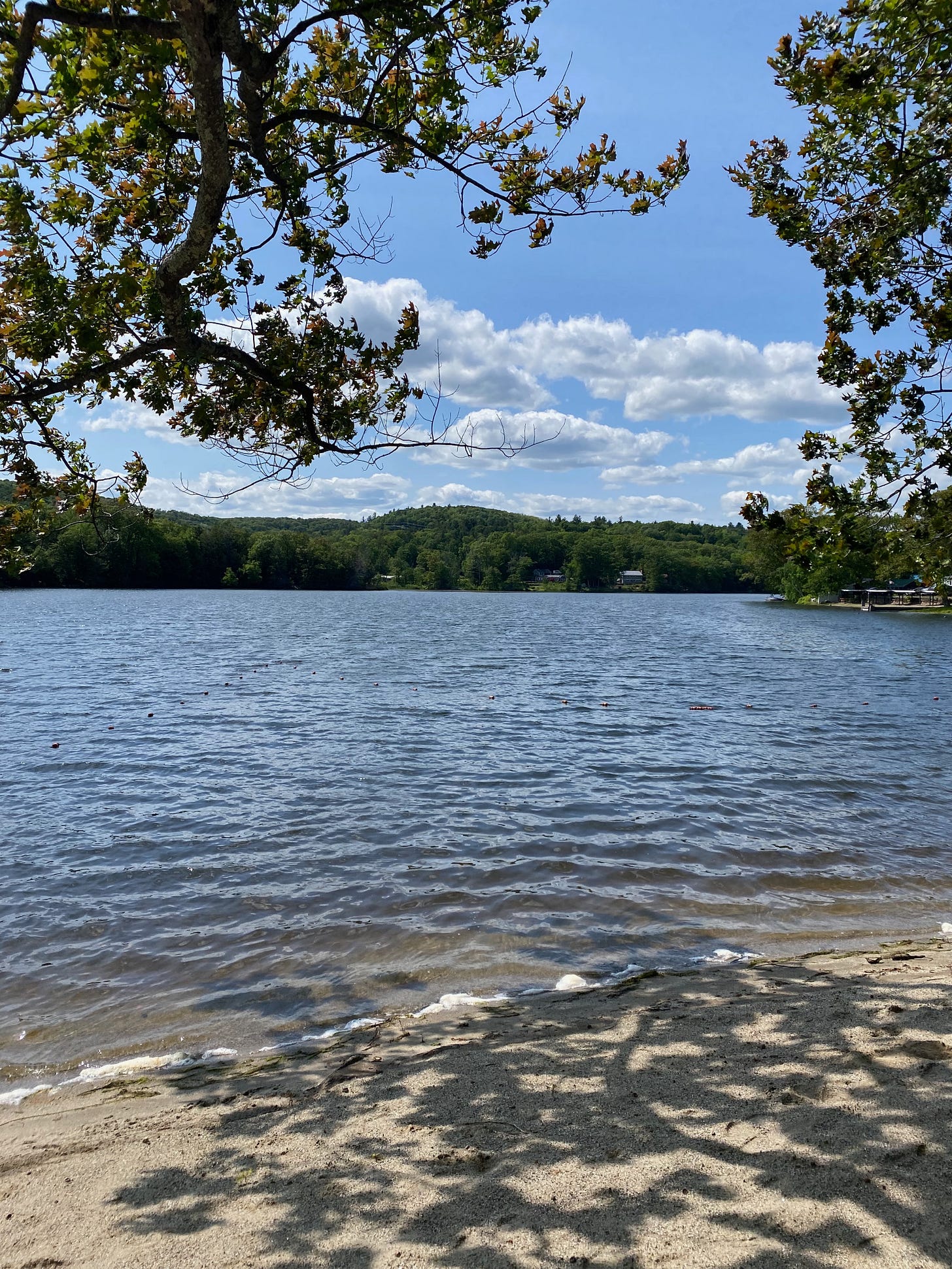

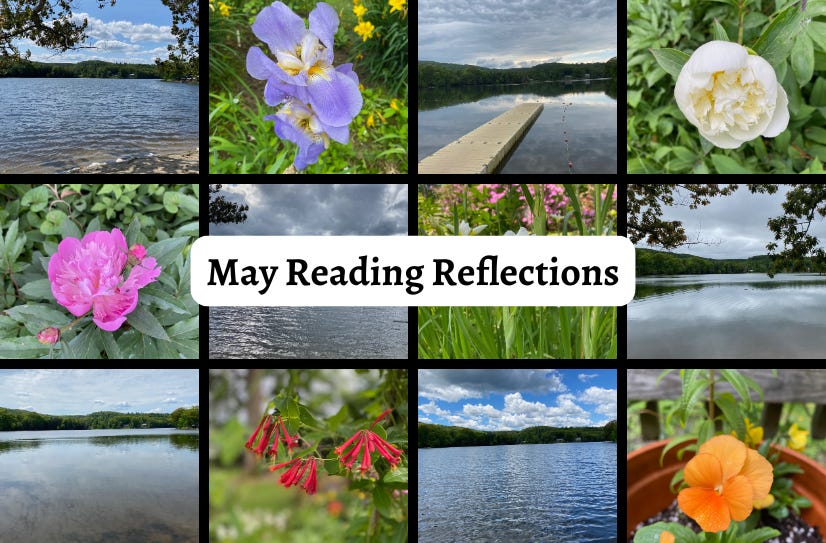
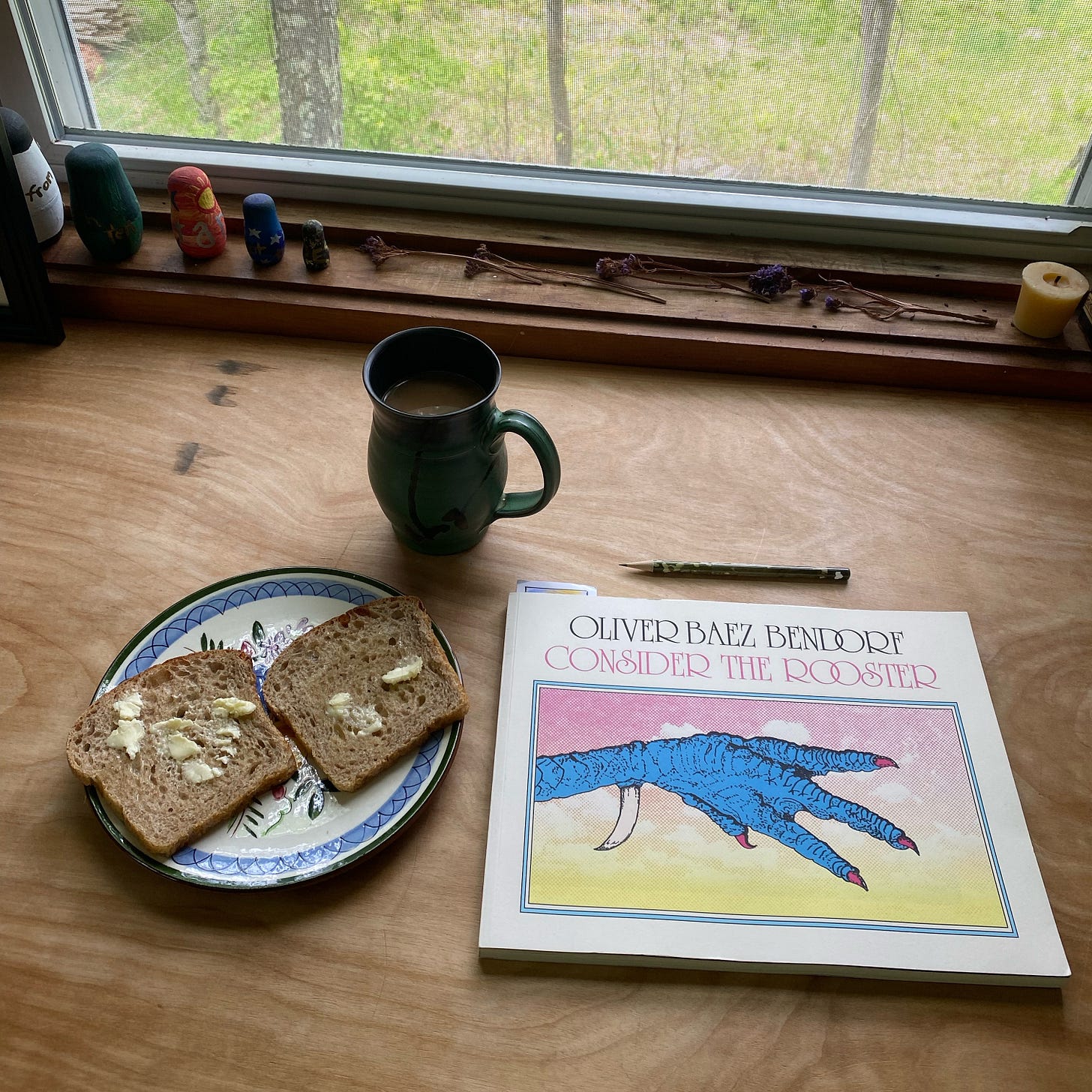
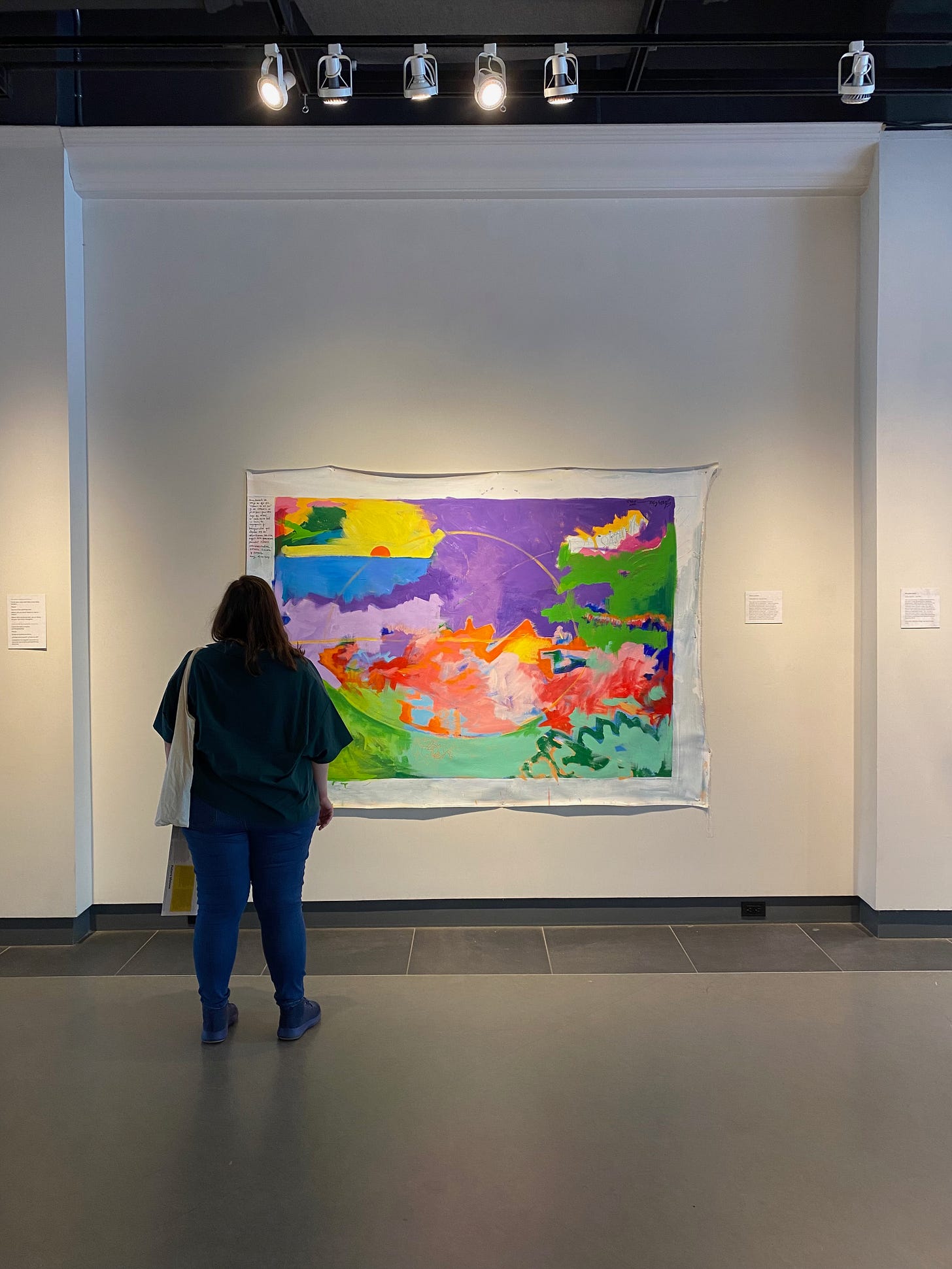
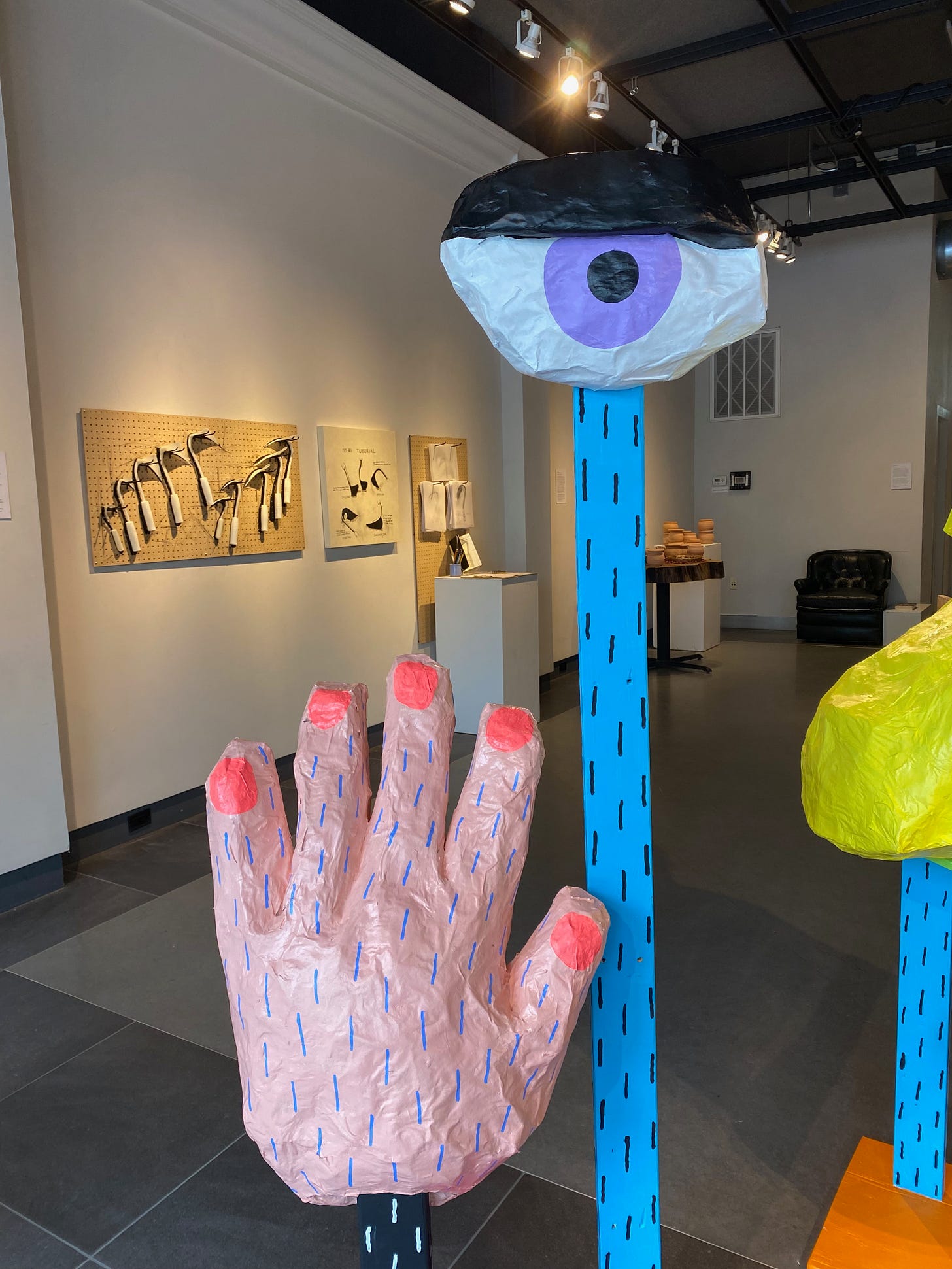
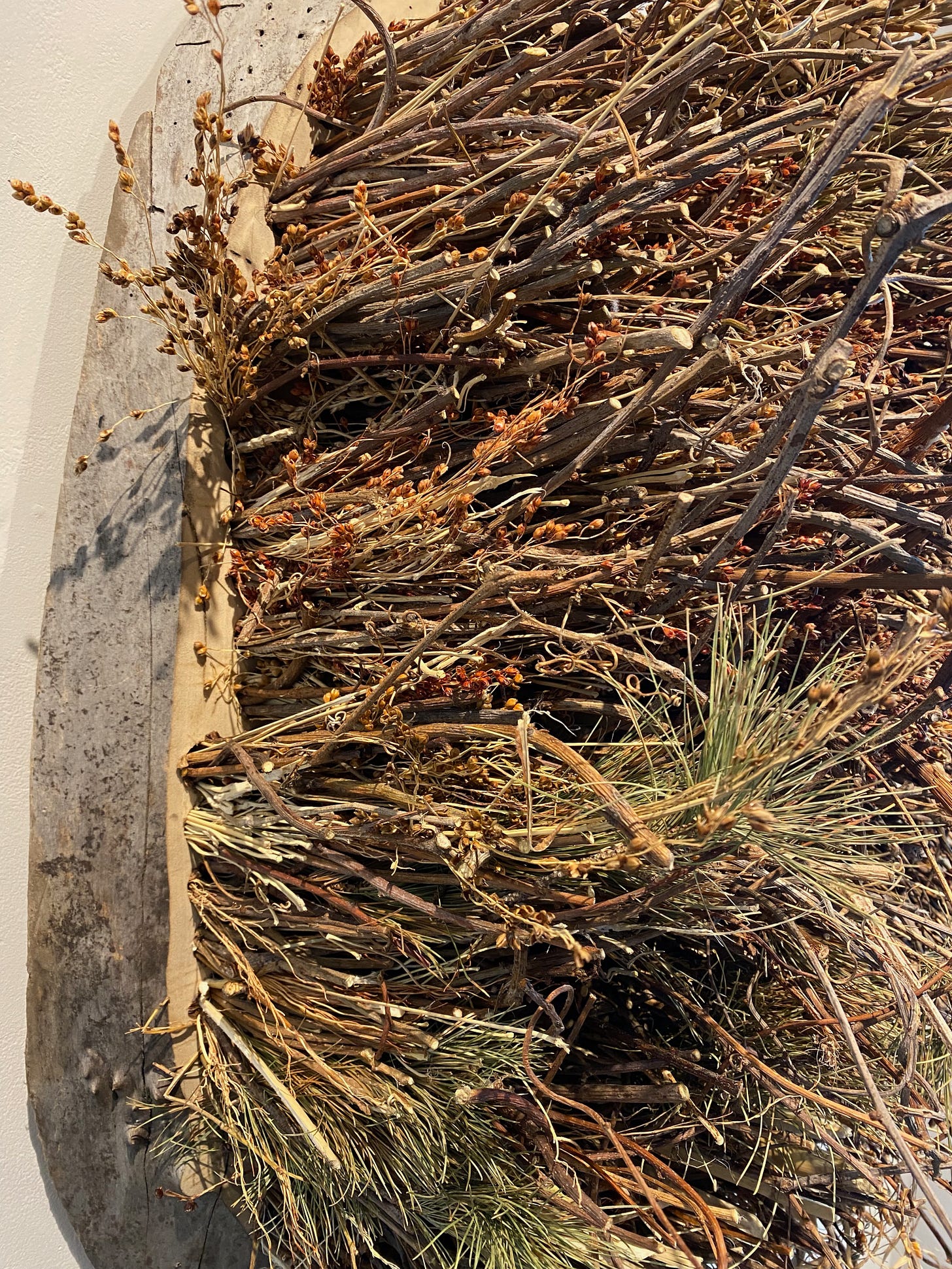
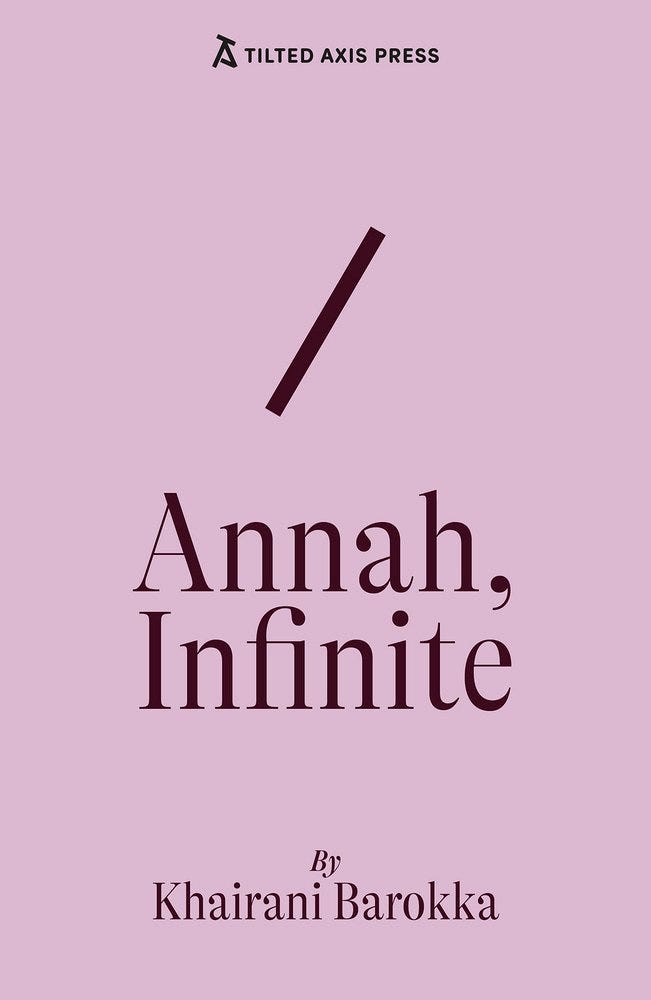
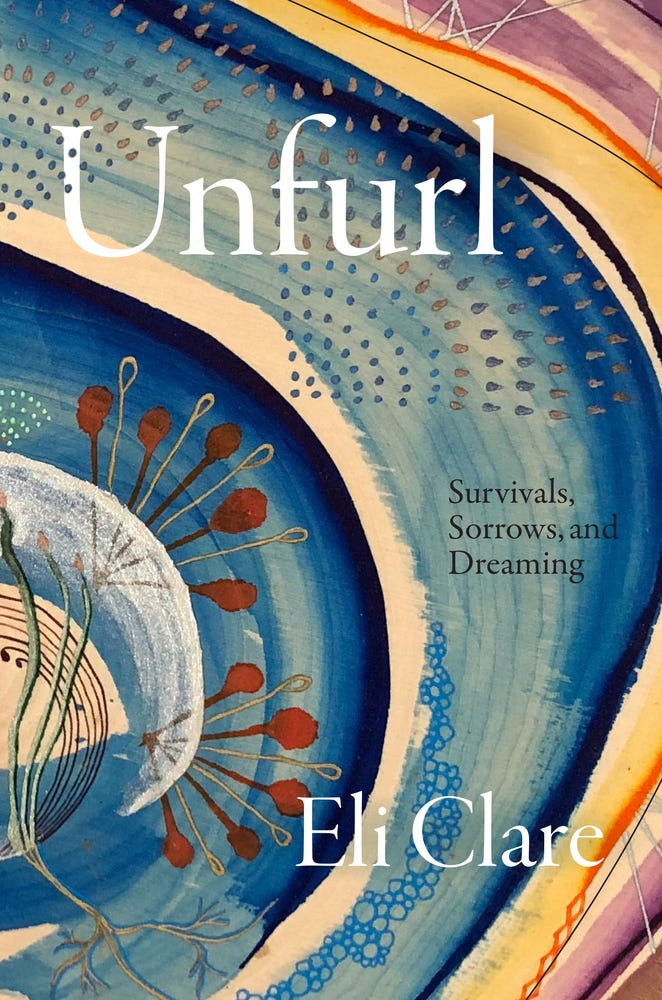
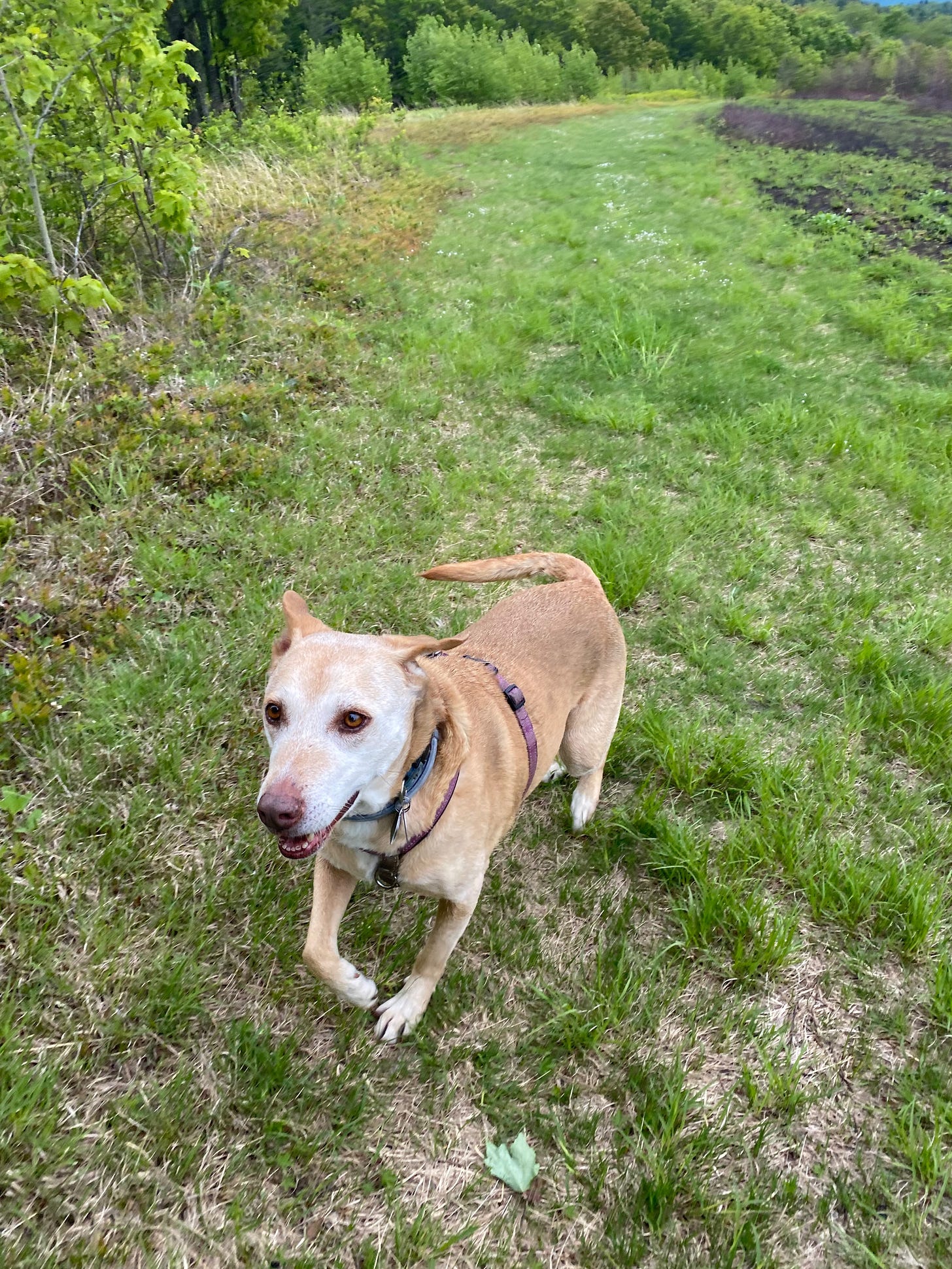
I too dislike summer. lol Love the new logo!
Laura- I'm with you on Summer. I can do without the humidity, stickiness, and bugs.
I don't necessarily love poetry, but I love that you do and I learn every time you share and write about it. Thank you for sharing your joy.